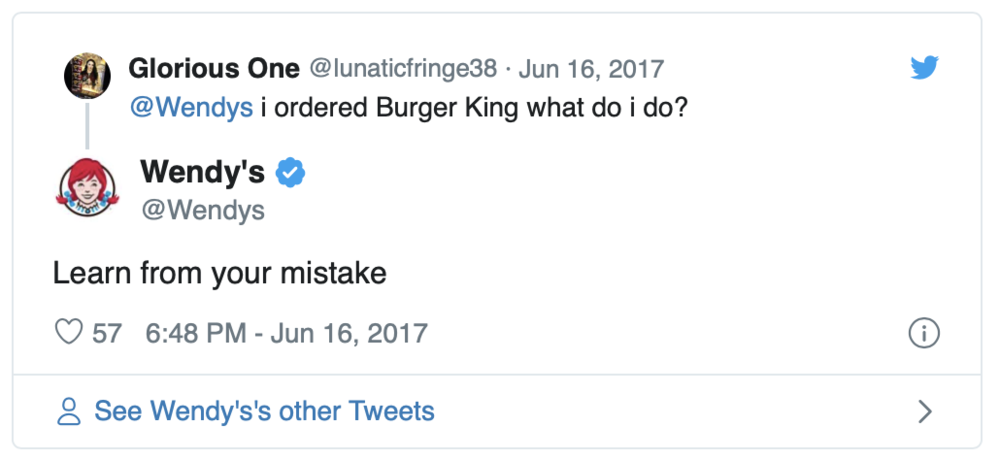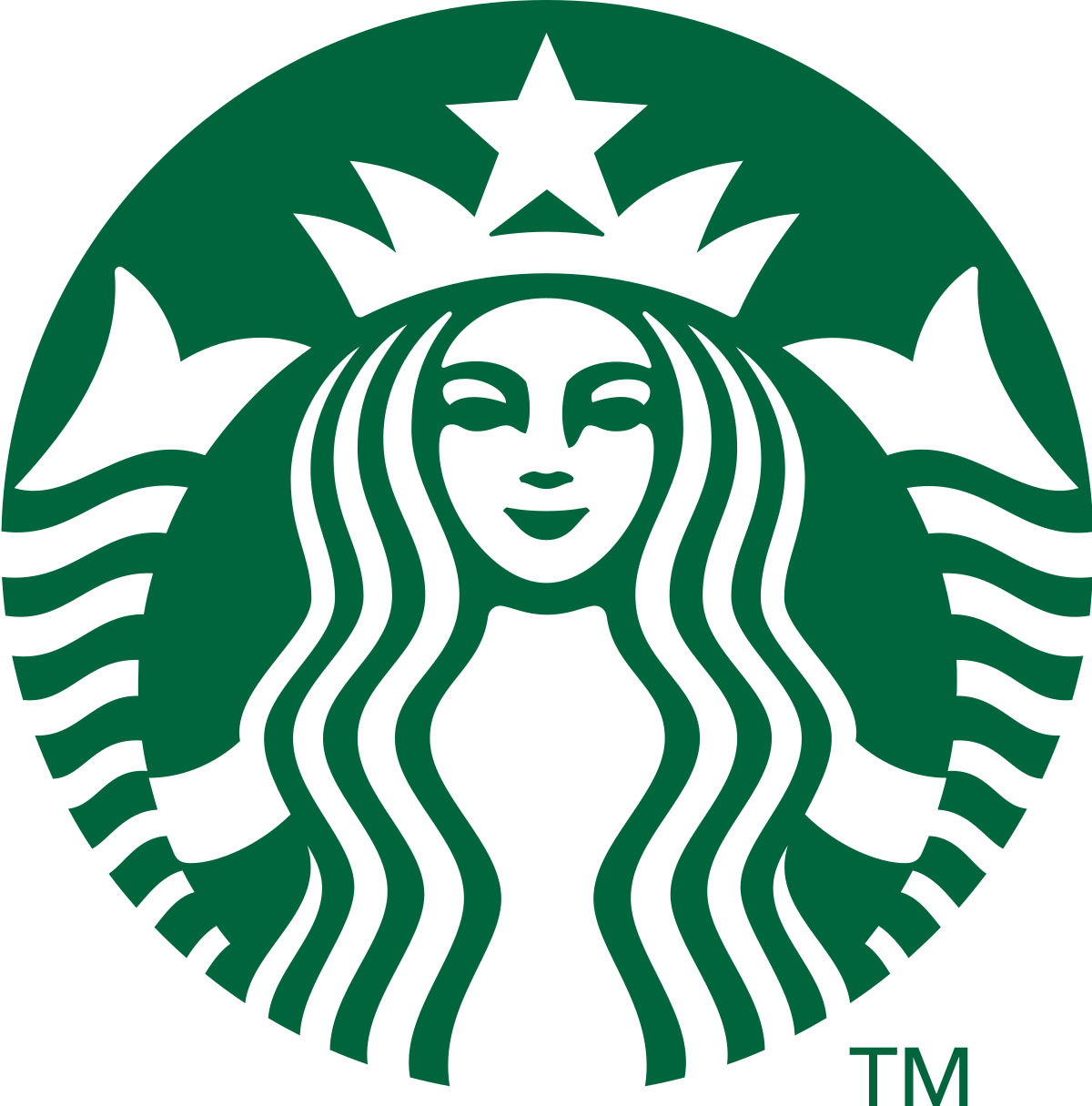What is the difference between Sales and Marketing and how do they work together?
– By #RSA

Just like all bourbon is whiskey, but not all whiskey is bourbon the same applies to the relationship between sales and marketing for your business. Not all your marketing for your business should be focused on sales, but all sales for your business are a form of marketing. Confused? Don’t worry. In this blog, we will discuss why your marketing strategy shouldn’t be 100% sales-focused, but also dive into how marketing and sales can work together to help grow your business and attract new clients.
Why Marketing shouldn’t always be sales focused
While it is safe to say that most of the time businesses look to advertising agencies to expand their marketing strategy to improve sales or attract new clients, a well-rounded marketing strategy should focus on more than just making a sale. For starters, before you can expect customers to buy your product or hire your company, you need to prove why you are an expert in your field. What is unique about what you’re selling? How do you stand out against your competitors? What are your company’s values and mission? Consumers are much more willing to buy from a company that they trust and the only way to build that trust is through top-of-mind awareness.
What is top-of-mind awareness and how does it play into your marketing strategy?
Top-of-mind awareness is a measure of how high brands rank in the minds of their consumers. If your brand is the first that comes to mind when a customer thinks of a specific niche, product, or industry, you have received top-of-mind awareness. There are many perks to building top-of-mind awareness with your business. The main benefit being if your company is the first people think of, they will seek you out when looking for your products or services.
In addition to increasing sales, top-of-mind awareness also helps to increase your brand value. Brands that have a well-known presence and are considered experts in their field command more trust. With more trust comes more sales. When you have built a strong reputation for your business, your marketing campaigns will be more effective. When you have established a familiarity with your brand your campaigns will be more memorable and stick with people longer than a brand they have never heard of. Lastly, it is important to remember that people aren’t always in the sales funnel. They may not be ready to buy your product or service, but building top-of-mind awareness ensures that when they are ready to make that purchase, your company is the first they think of.
Employing non-sales-centric components to your marketing
When it comes to social media pay attention to this golden rule, your social media marketing should be 30% sales and 70% you. Customers today have little to no brand loyalty which means you need to build trust to convert a new customer. Consumers are more likely to trust a brand that aligns with their values so sharing posts about your company culture, your staff members, the work you do, and the positive impacts you have made for your clients are all great ways to make a connection with your followers.
If you are struggling to come up with the 70-30 balance with your business marketing here are some examples of companies doing a great job of it!

1: Duolingo on TikTok: In just a few months Duolingo went from 100,000 followers to 1.7 million TikTok followers. Duolingo’s TikTok primarily consisted of how-to videos teaching phrases in a variety of languages. In addition to their educational content, they also participated in multiple trends with their mascot Duo. After discovering Duo was resonating with their audience they began incorporating him into more videos and finally created their first viral video that got over 3.3 million views and they have been on an upwards growth ever since.

2: Wendy’s on Twitter: If you aren’t already following Wendy’s on Twitter you need to be! Wendy’s has gone viral on Twitter after a series of hilarious roasts against their competitors. Wendy’s grew so popular for their Twitter roasts they started a #nationalroastday and even released a mix tape on Spotify called We Beefin? Wendy’s has done a great job leaning into the popularity they have gained and turning it into a full-blown marketing campaign.

3: Starbucks: Starbucks is a well-known household name but with over 36 million Facebook likes and 11.7 million Twitter followers it is safe to say they are doing something right. Starbucks does an amazing job of posting quality content with striking visuals. Many of their posts are centered on their customers or employees, humanizing their profiles. Lastly, Starbucks does an amazing job replying back to comments on their posts. It is important to remember social media is meant to be social. Engaging with your followers is the best way to keep the conversation going and reach larger groups of people.
If after reading this blog you are still struggling to come up with a strategy that seamlessly blends sales and your company culture, you won’t want to miss our next blog. We will be teaching you what a content calendar is, and give you some content ideas to start your own killer strategy.
Last Modified:


